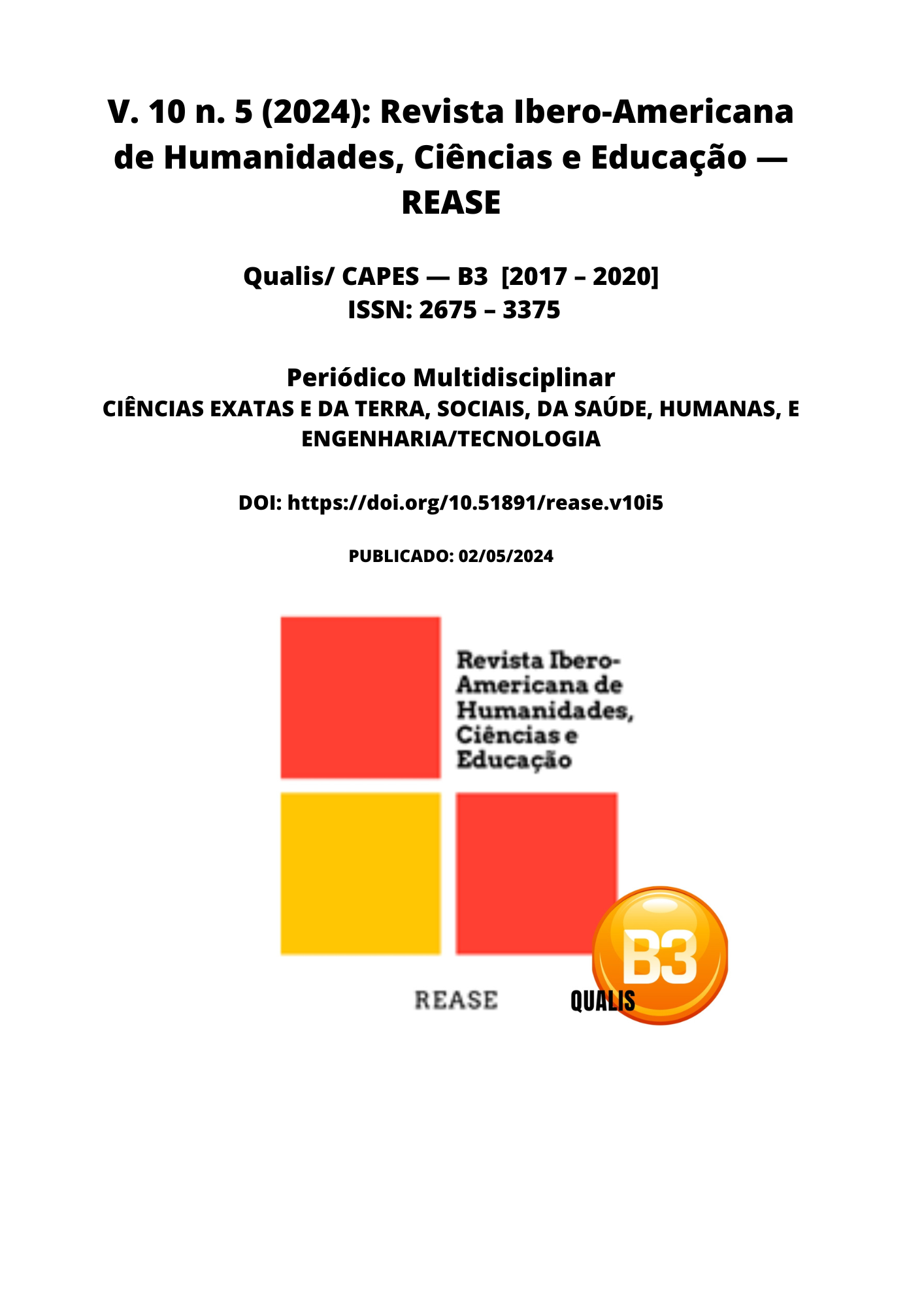FUNCTIONAL CUISINE IN BAHIA SCHOOLS: IMPACT ON NUTRITION AND TASTE OF SCHOOL MEALS
DOI:
https://doi.org/10.51891/rease.v10i5.14027Keywords:
Functional Cuisine. School Nutrition. Nutrition education. Healthy Eating Habits. Bahian gastronomy.Abstract
Este estudo examina a introdução da culinária funcional nas escolas da Bahia, focando em como essa abordagem pode transformar a percepção dos alunos sobre comida saudável, mostrando que ela pode ser também saborosa. Utilizou-se uma metodologia de pesquisa bibliográfica para revisar estudos e literatura sobre a implementação da culinária funcional no ambiente escolar. Este trabalho ressalta a importância de conectar a alimentação com a cultura local da Bahia, propondo o uso de ingredientes e pratos típicos para tornar as refeições saudáveis mais atrativas para os estudantes. Adicionalmente, enfatiza-se a educação alimentar como um pilar crucial, sugerindo que aulas práticas de culinária e informações sobre nutrição podem capacitar os alunos a valorizar uma dieta equilibrada. As conclusões oferecem diretrizes para as escolas baianas na incorporação efetiva da culinária funcional em seus cardápios, visando refeições que são nutricionalmente ricas e visualmente convidativas. As recomendações incluem a adaptação de técnicas culinárias para a inclusão de alimentos saudáveis e a integração da educação nutricional no currículo escolar.
Downloads
Downloads
Published
How to Cite
Issue
Section
Categories
License
Atribuição CC BY

